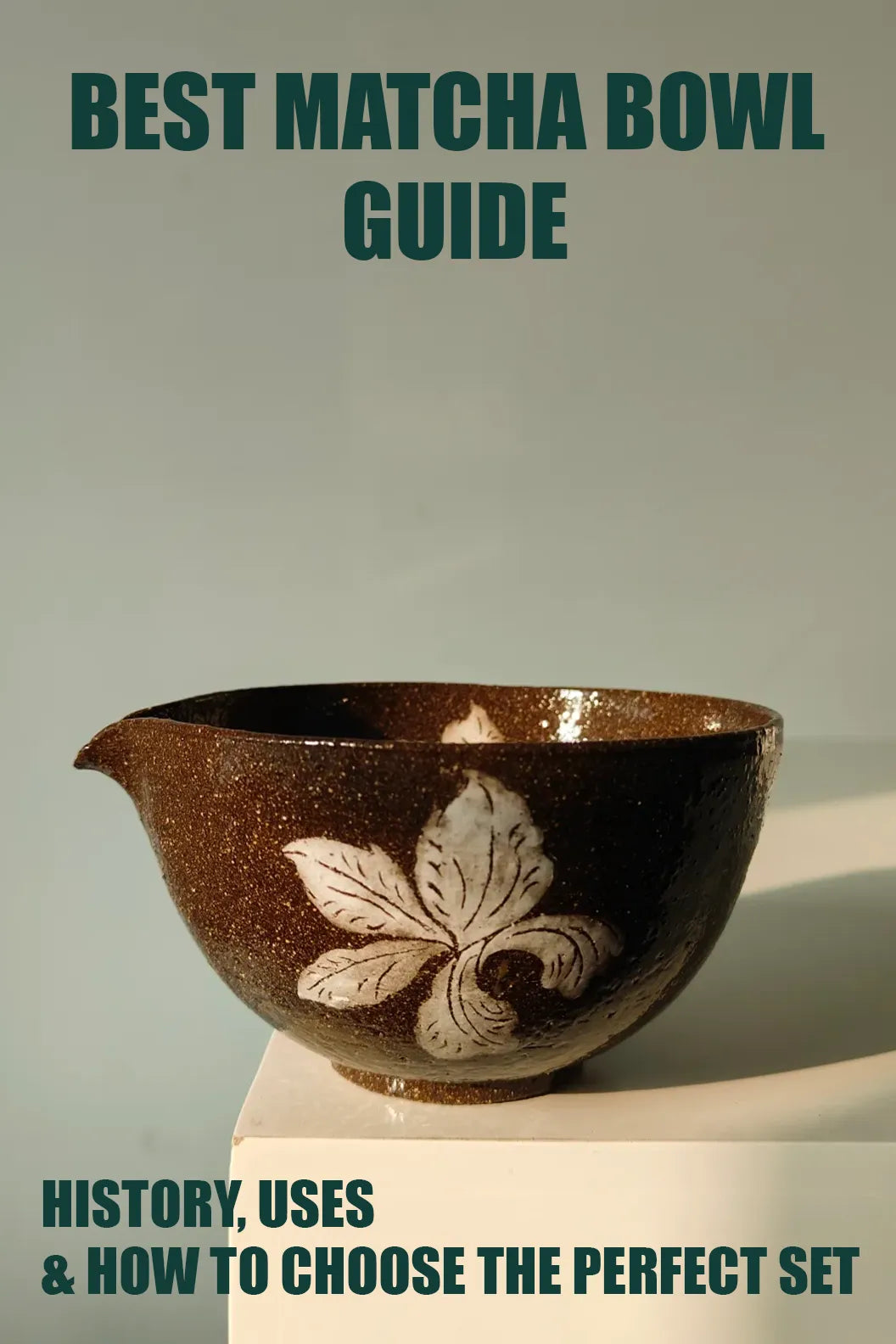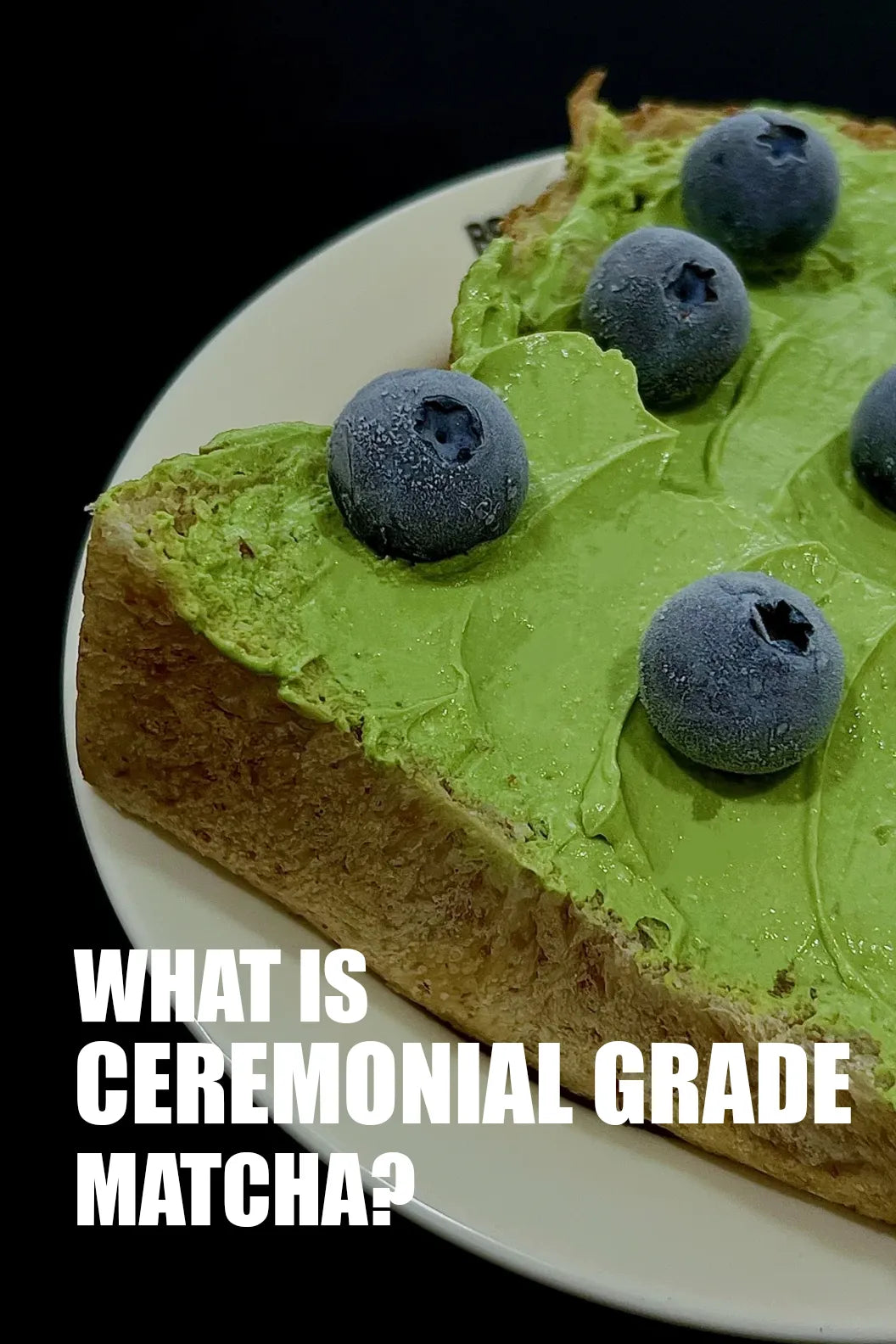Matcha is more than just powdered green tea—it's a result of centuries-old cultivation and meticulous processing. Let’s walk through each step from field to cup:
1. Cultivation & Shading
About 3–4 weeks before harvest, tea bushes are shaded to reduce sunlight by 70–90%. This increases chlorophyll and L-theanine, enhancing the vibrant green color and rich umami flavor.
2. Harvesting
Only the youngest, top tea leaves are hand-picked for ceremonial-grade matcha. Harvest usually occurs in early spring (first flush).
3. Steaming
Leaves are quickly steamed to halt oxidation and preserve nutrients, color, and aroma.
4. Drying & De-stemming
After steaming, leaves are air-dried and de-stemmed. The result is called tencha.
5. Stone Grinding
Tencha is ground into a fine powder using granite stones. This slow process (around 30g per hour) ensures minimal heat, preserving aroma and nutrients.
6. Packaging
Fresh matcha is sealed in airtight, UV-protected containers to prevent oxidation.
📚 Explore More: What Is Matcha? Everything You Need to Know
Call to Action
Now that you know how it’s made, experience the result.
Taste the difference with our premium ceremonial-grade Leafmill matcha, crafted with care from farm to cup. Order Today
FAQ
Q: What makes ceremonial matcha different from regular green tea powder?
A: Ceremonial matcha is made from shaded, hand-picked leaves and stone-ground for superior quality.
Q: Can I grind my own matcha at home?
A: Technically yes, but achieving the fine consistency and freshness is nearly impossible without industrial stone grinders.
Q: Why is matcha more expensive?
A: The intensive cultivation, hand-picking, and slow grinding process increase labor and quality.



